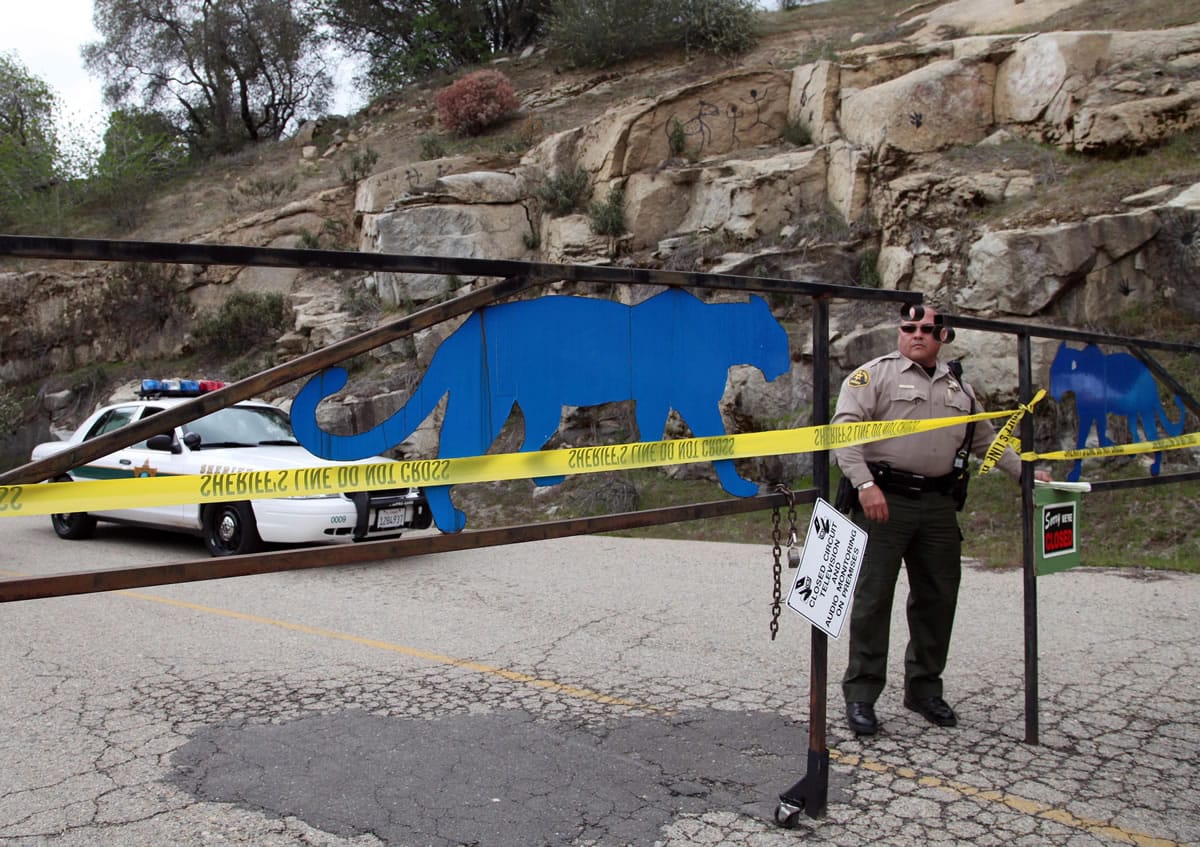The Associated Press
PORTLAND -- A chilling recording of a 911 call released Wednesday captures the owner of an Oregon wild cat sanctuary dragging an employee who'd been mauled to death from a cougar enclosure and screaming at two of the animals roaming inside to get away.
The audio details how Michael Tuller returned to WildCat Haven on Saturday night to discover 36-year-old Renee Radziwon-Chapman bloodied and lying on her back in the fenced-in enclosure.
Radziwon-Chapman, the sanctuary's head keeper, was alone at the suburban Portland facility when the attack occurred.
In the recording, Tuller tells dispatchers it's dark and he can't see, but he enters the enclosure with the cougars anyway.
While dragging out Radziwon-Chapman by the boots, he repeats, "Oh my God, Renee" over and over. He's also heard screaming, "Get out of here, go!" at the two wild cats circling him.
Once Tuller gets Radziwon-Chapman out, the dispatcher asks Tuller if he can perform CPR on the woman. Tuller flatly answers: "No." He then tells the dispatcher that Radziwon-Chapman is beyond hope.
Autopsy results later showed Radziwon-Chapman died at the scene of multiple bite wounds concentrated at the head and the neck.
In a statement earlier this week, WildCat Haven lawyer Dale Johnson said the keeper broke the sanctuary's safety protocols when she locked only one of three cougars in a smaller cage and went into the main enclosure with the other two cougars.
Johnson also said the gate to the smaller cage where the three animals should've been locked up was operating properly.
But Radziwon-Chapman's family said they don't believe the wife and new mother broke any rules, and she had expressed concerns about working at the facility alone.
The Clackamas County Sheriff's Office said it concluded no crime was committed. State and federal regulators are still investigating.



